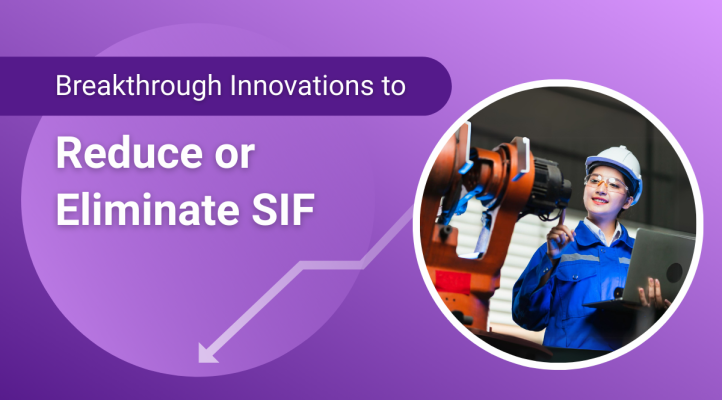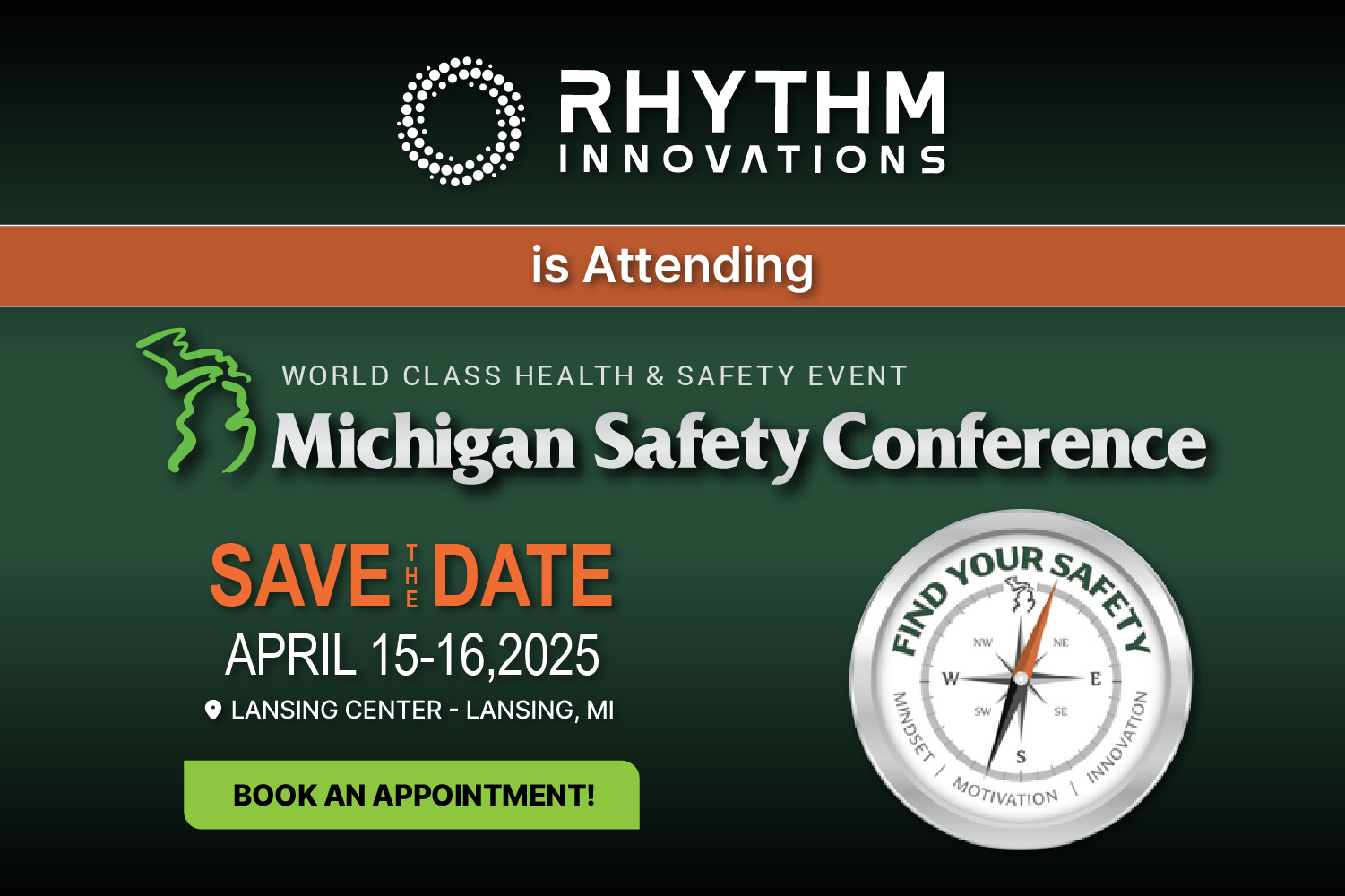Breakthrough Innovations to Reduce or Eliminate SIF

Workplace safety is more than regulatory compliance; it demands a forward-thinking approach to prevent incidents such as Serious Injuries and Fatalities (SIFs) before they occur. Organizations must proactively identify hazards, track safety incidents, and foster a culture of accountability to protect employees and maintain operational stability. Without a centralized Safety Risk Command Center to communicate data, businesses struggle with inefficiencies and limited real-time visibility. Which direction should the organization pivot? Reactive decision-making increases safety risks, compliance failures, and costly disruptions.
Understanding Safety Risks and the Importance of SIF Prevention
Workplace safety is a multifaced challenge, with risks ranging from minor injuries to life-threatening incidents. While many organizations focus on reducing overall injury rates, SIFs require a distinct approach to focus on those incidents which have the potential to have a severe impact. SIFs often result from underlying high-risk conditions, systemic failures, or missed warning signs that traditional safety programs may not adequately address.
Identifying and mitigating SIF precursors is essential for preventing tragic outcomes. Organizations may struggle with delayed incident responses and ineffective hazard mitigation strategies without proper tracking and proactive intervention. A data-driven, predictive approach to safety helps address these challenges by enabling organizations to analyze trends, improve training, and implement targeted risk reduction.
Why a Command Center is a Game-Changer
The importance of proactive risk management in workplace safety is more evident than ever. A Verdantix study shows that organizations prioritizing leading indicators—such as near-miss reporting, hazard identification, and proactive safety measures—see improved workplace safety outcomes. These proactive measures help prevent serious incidents and foster a safer work environment. Significantly, 79% of reported workplace risks fall under the highest and highest priority categories, reinforcing the need for early detection and intervention strategies.
Additionally, 69% of EHS professionals are making SIF reduction a top priority, underscoring the growing emphasis on proactive safety management. These insights highlight organizations’ need to implement a data-driven safety strategy to minimize risks and safeguard their workforce effectively.
How the Safety Risk Command Center Works
The Command Center is a central hub consolidating data, technology, and automation to improve workplace safety. It goes beyond traditional EHS systems by integrating and analyzing data from across the enterprise, including maintenance records, personnel health data, fatigue levels, and employee information. By utilizing real-time monitoring and predictive analytics, organizations can proactively identify potential hazards before they escalate into serious incidents. This system enhances incident response by facilitating immediate corrective actions and minimizing operational disruptions. Furthermore, it strengthens cross-team communication, fostering a culture of accountability and continuous safety improvements.
Transforming Safety Management
A well-structured Safety Risk Command Center enhances workplace safety by integrating real-time data, predictive analytics, and proactive risk mitigation strategies. The following key benefits highlight how such a system can drive meaningful safety improvements:
- Enhanced Incident Visibility: Real-time access to data allows safety teams to respond immediately and prevent accidents.
- Proactive Hazard Identification: AI-driven risk assessments detect potential SIF precursors and enable early intervention.
- Automated Compliance Monitoring: Ensures adherence to industry regulations with real-time audits and training oversight.
- Empowered Safety Culture: Encourages employees to actively participate in risk reporting, fostering a more engaged workforce.
Rhythm Innovations’ Safety Risk Command Center: The Solution
Rhythm Innovations offers an advanced Safety Risk Command Center designed to centralize safety operations, drive proactive risk management, and significantly reduce SIF occurrences.
Key Capabilities:
- Centralized Safety Dashboard: Provides a real-time view of safety metrics, incident reports, SIF precursors, and compliance status.
- SIF Prevention & Risk-Based Safety Analytics: Identifies high-risk work environment, tracks near-misses, and prevents potential incidents.
- Automated Compliance & Safety Training Tracking: Ensures regulatory compliance and tracks training completion for employees and contractors.
- Incident Reporting & Corrective Action Workflows: Enables real-time reporting, automates root cause analysis, and prioritizes SIF-related hazards.
- Hazard Identification & Risk Assessments: Conduct proactive risk evaluations to flag and mitigate high-risk conditions.
- Real-Time Alerts & Emergency Response Management: Notifies teams of SIF-related emergencies and automates safety response protocols.
- Employee Safety Feedback & Reporting Portal: Encourages workforce participation in safety initiatives through open and anonymous reporting options.
Conclusion
The future of workplace safety depends on innovative solutions that go beyond compliance and focus on proactive risk management. A centralized Safety Risk Command Center enables organizations to detect, assess, and mitigate hazards before they lead to SIF. By adopting Rhythm Innovations’ advanced safety solutions, businesses can achieve real-time visibility, streamlined compliance, and a safer work environment for their employees.
Discover how Rhythm Innovations’ Safety Risk Command Center can revolutionize your safety strategy and create a safer work environment for all. Contact Us Today!


